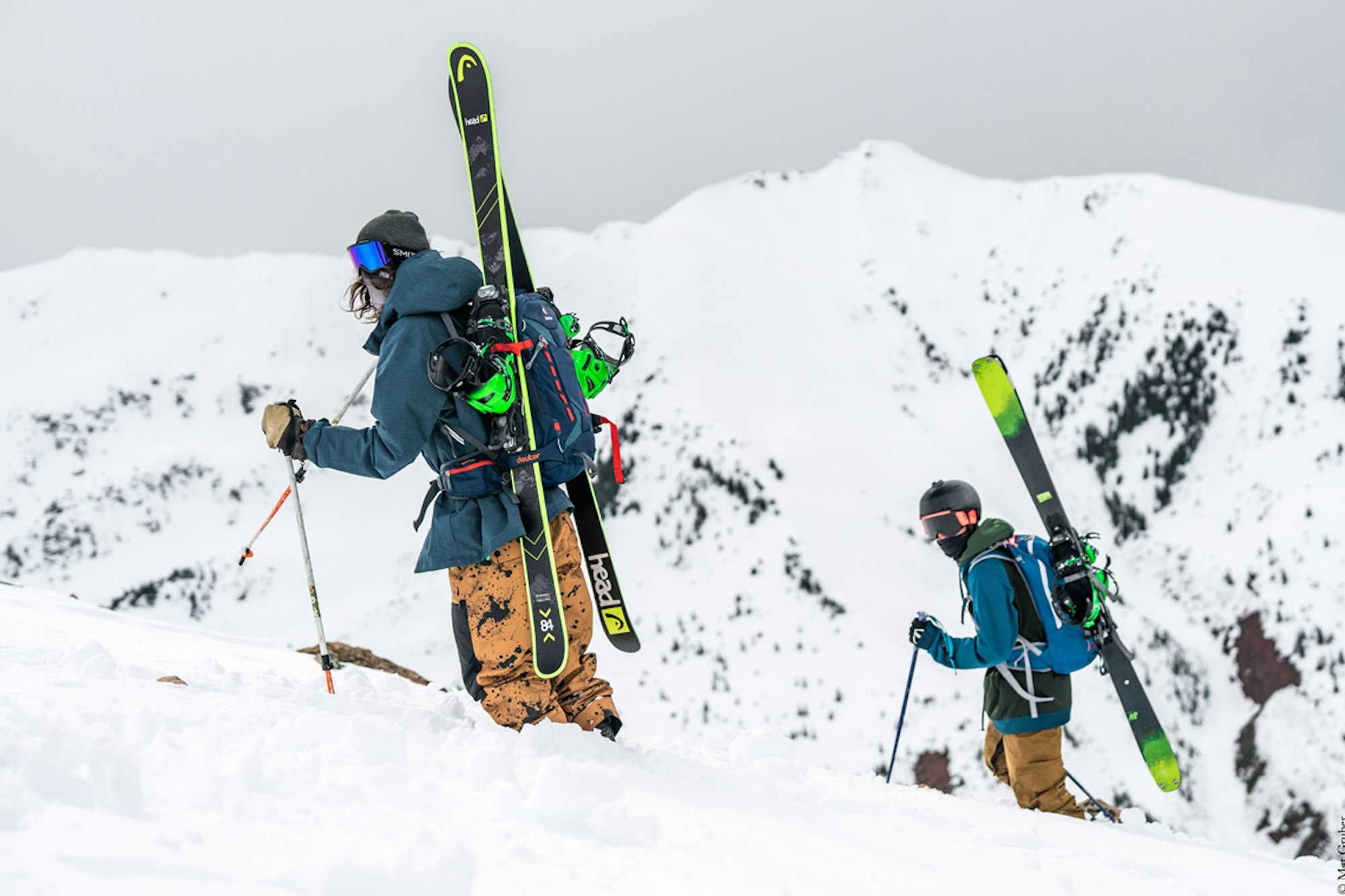When it comes to ski boots, comfort and performance are equally paramount. Yet, a common gripe among skiers is that ski boots can be dreadfully uncomfortable. Aching arches, blackened toenails, numb toes and ankle agony have historically hampered many skiers’ ability to enjoy their time on the slopes. As with any realm of life: Where there lies a problem, there lies a solution.
Roger Neiley saw firsthand how ill-fitting ski boots were discouraging people from heading to the ski hill, and so in 2006, he teamed up with other industry veterans to develop the Apex Ski Boot System with a mind for aiding the skiers who simply couldn’t find that Cinderella fit, no matter how hard they tried.
The launch of Apex ski boots was the culmination of Neiley’s thirty-plus years working in the snow sports realm. After ski racing at the collegiate level, working at multiple ski shops and spending two decades of his life as the competition director, product and brand manager for Raichle Molitor USA—the originators of the three-piece ski boot—Neiley switched over to snowboarding. He worked as a designer for Ride snowboard boots, Bent Metal bindings and Quiksilver before taking on the role of general manager of product for Flow Snowboards. It was during his time at Flow that he observed a hole in the ski boot market.
“It always took me literally weeks to tweak my ski boots to get them to be even semi-comfortable,” Neiley points out. “But when I went snowboarding, my snowboard boots performed great and were comfortable right out of the box. It just kept gnawing at me that we had this ability to make comfortable, supportive boots, but it didn’t seem to apply to ski boot manufacturing.”
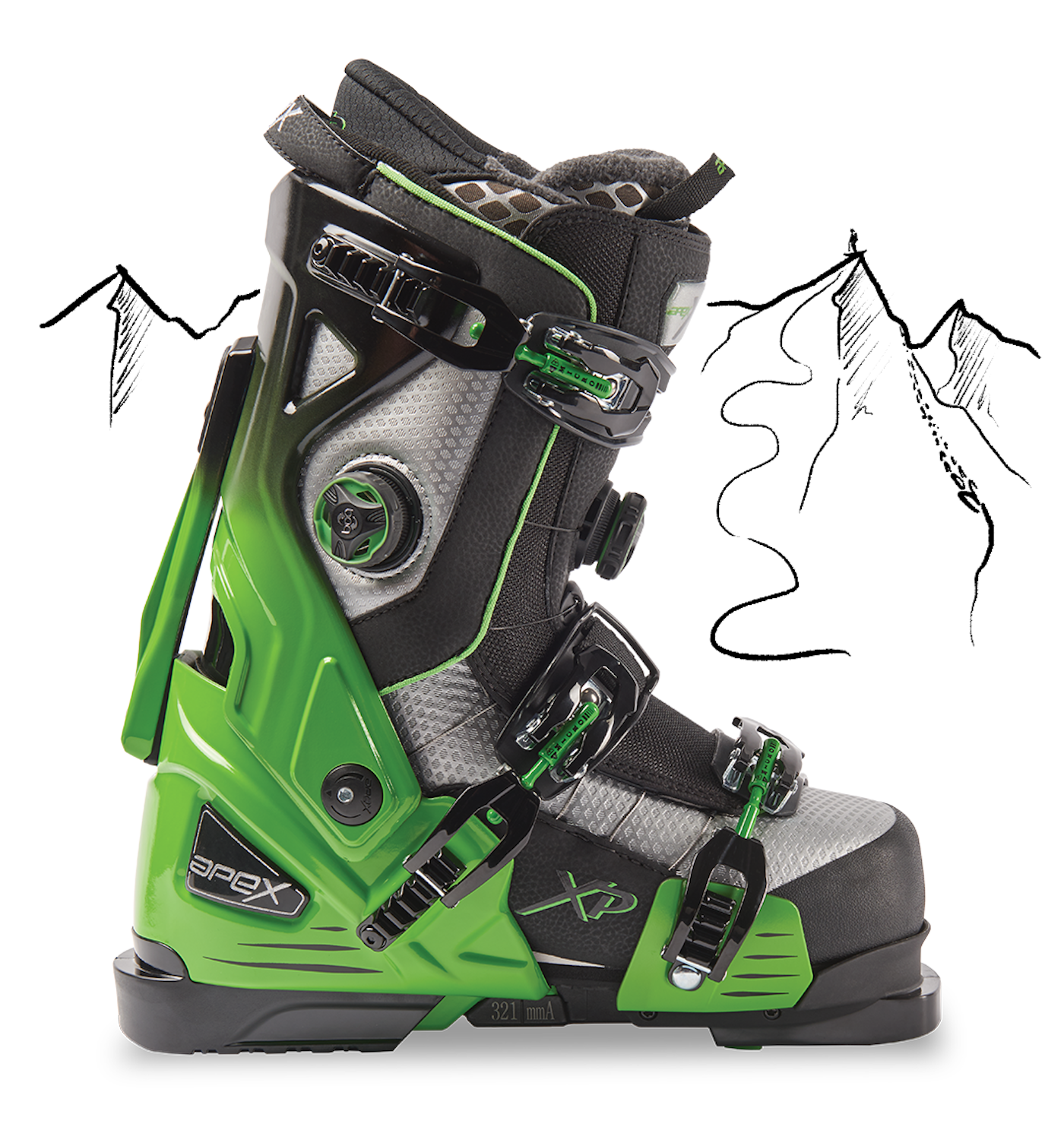
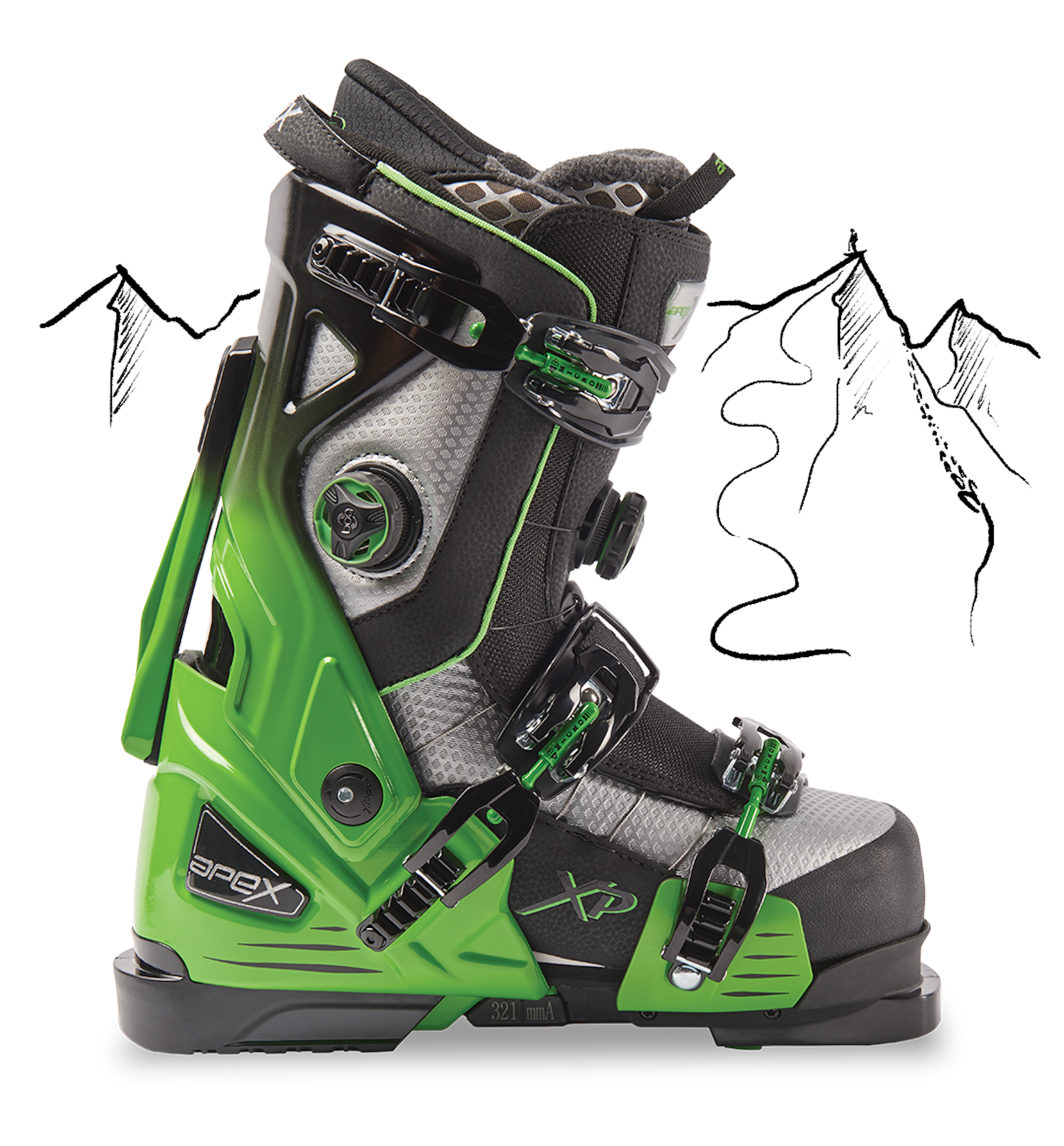
Neiley knew that the conventional four-buckle, overlap ski boot design was a compromise. The boots needed to be flexible enough to provide ease of entry and exit but also stiff enough to transfer energy to the ski. He also observed that when skiers flexed forward into a turn, their boots would bulge out, thus compromising fit and energy transfer.
“That [compromise] underlines a real limitation in the design of a shell that wraps around your foot,” Neiley explains. “It’s something that every overlap shell is saddled with.”
Toward the end of his tenure with Flow, it dawned on Neiley and fellow Apex co-founder Denny Hanson that a snowboard boot could be used as the foundation of a new type of ski boot system. Paired with a “chassis” that mimicked the function of a snowboard binding, the system could be locked into a ski binding and, in Neiley’s words, be “as comfortable as snowboard boots but ski as well or better than conventional ski boots.”
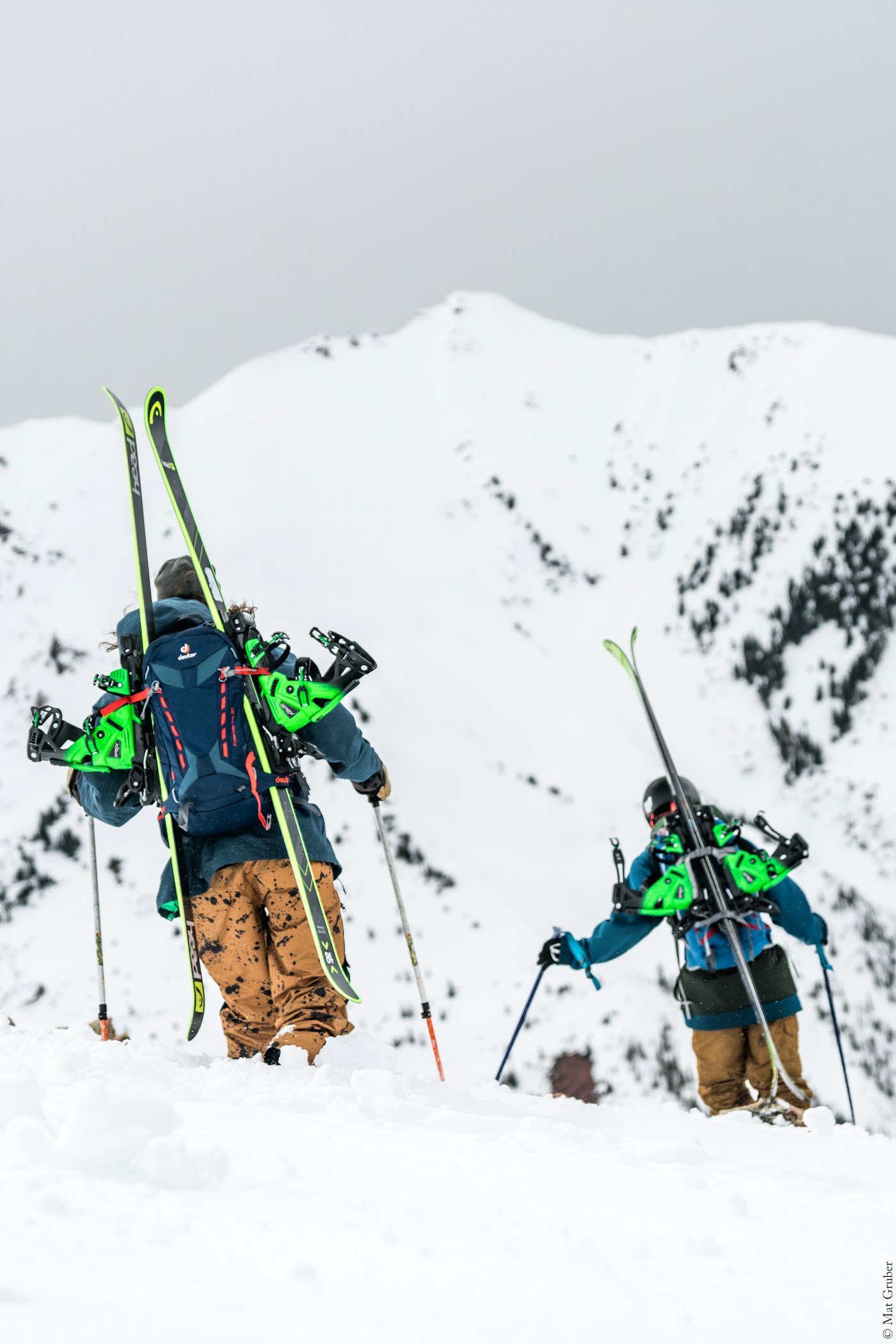
Dozens of prototypes developed into a plush, sneaker-esque walking boot with grippy Vibram soles. That boot integrates with a carbon fiber-reinforced nylon framework complete with three buckles to provide solid unification between the boot and chassis. Furthermore, a BOA closure system on the boot allows for incredible fine-tuning of fit. The result is a warm, comfortable boot that doesn’t skimp on performance—a boot that can be relied upon for high-speed downhill skiing and also endeavors off your skis, whether walking to the car in that faraway parking lot, visiting the après bar or bootpacking up a ridge. And the walking boots themselves actually double as snowboard boots.
The combination of comfort and performance offered by Apex boots has drawn marked interest from everyday skiers. FREESKIER has recognized this from our own testing exploits, where seemingly nine out of 10 skiers see the system, approach and ask, “Dude, what’s that?” To further spread awareness, Apex puts considerable effort into demo days at local ski areas to get people into its boots, and the company says the response has been overwhelmingly positive.
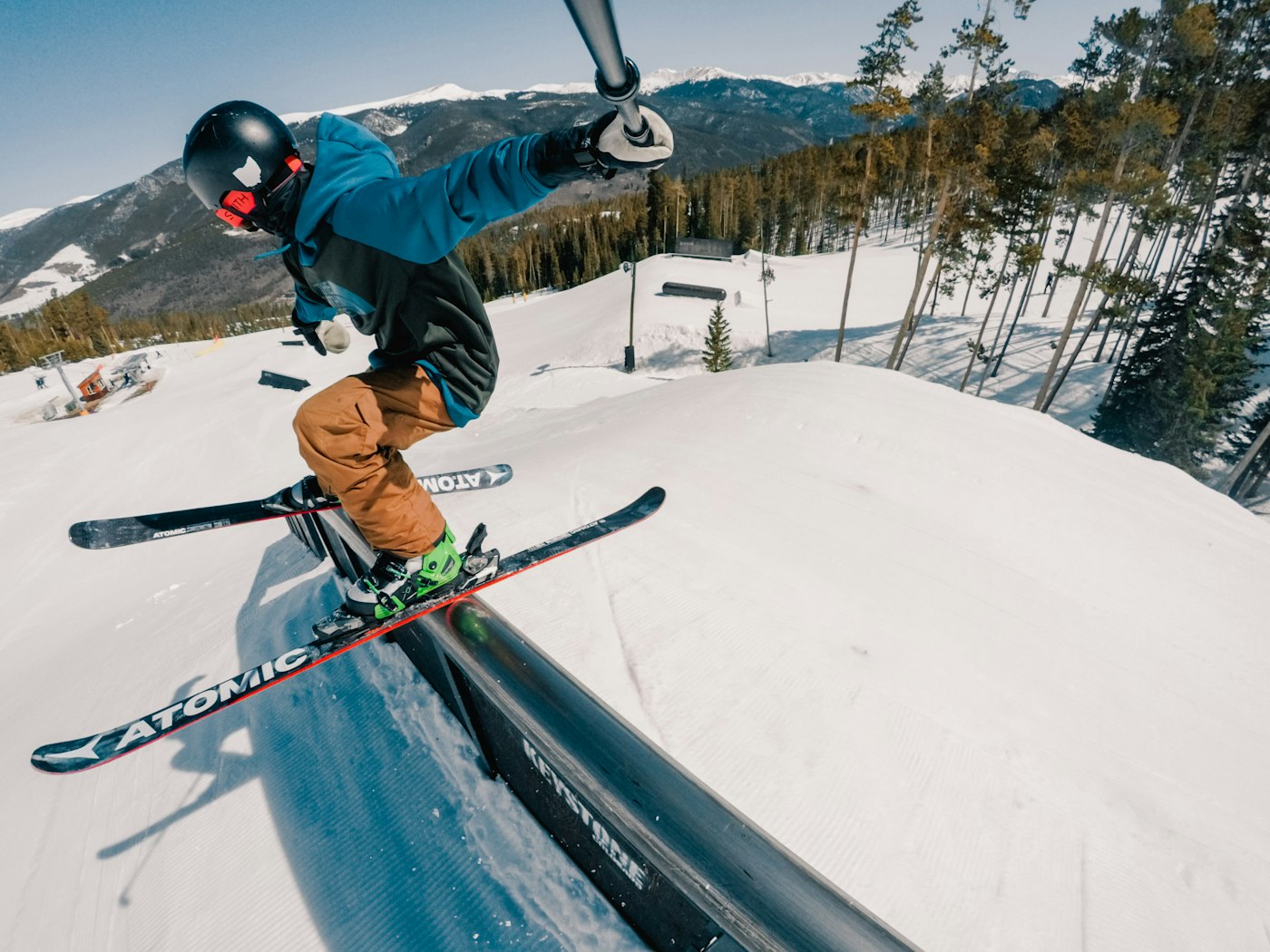
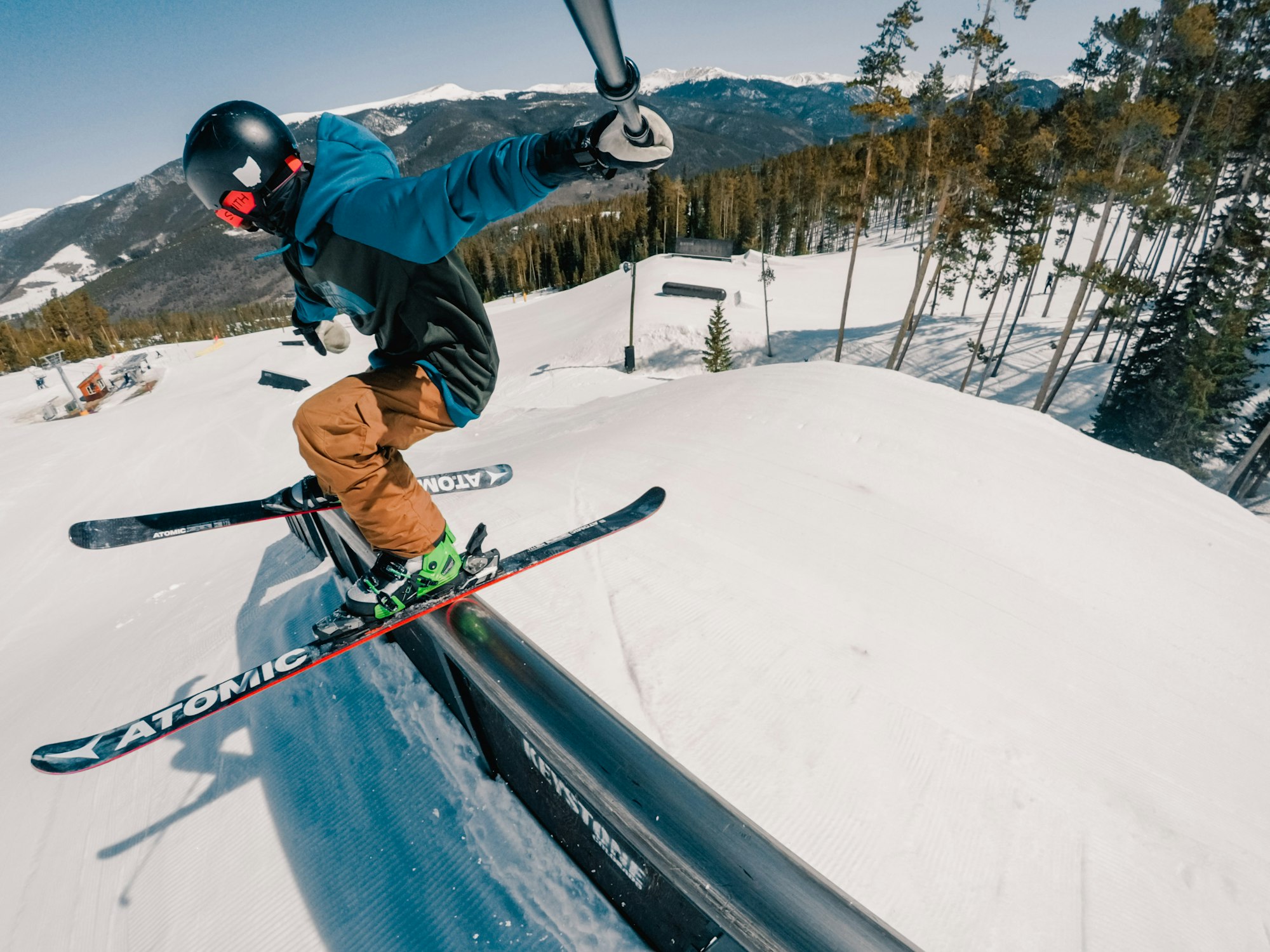
“We do as much demoing as we can because when we get people in the boot to go skiing, our conversion rate to get them to buy the product has been very, very high,” says Apex CEO Kevin Tice.
Apex also has a demo center right off Interstate 70 in Golden, Colorado. I-70 is the main access point to the ski resorts closest to the Denver metropolitan area, and funnels hundreds of thousands of skiers to the mountains each week during the winter.
“We’ll run probably 1,000 people through the demo center this coming winter,” Tice explains. “These are people that come in every day of the week and say, ‘Hey I’m going up to Breckenridge for the day and want to try the boots,’ and we get them going. Then they come back and say, ‘I love it,’ and then we point them towards a retailer.”
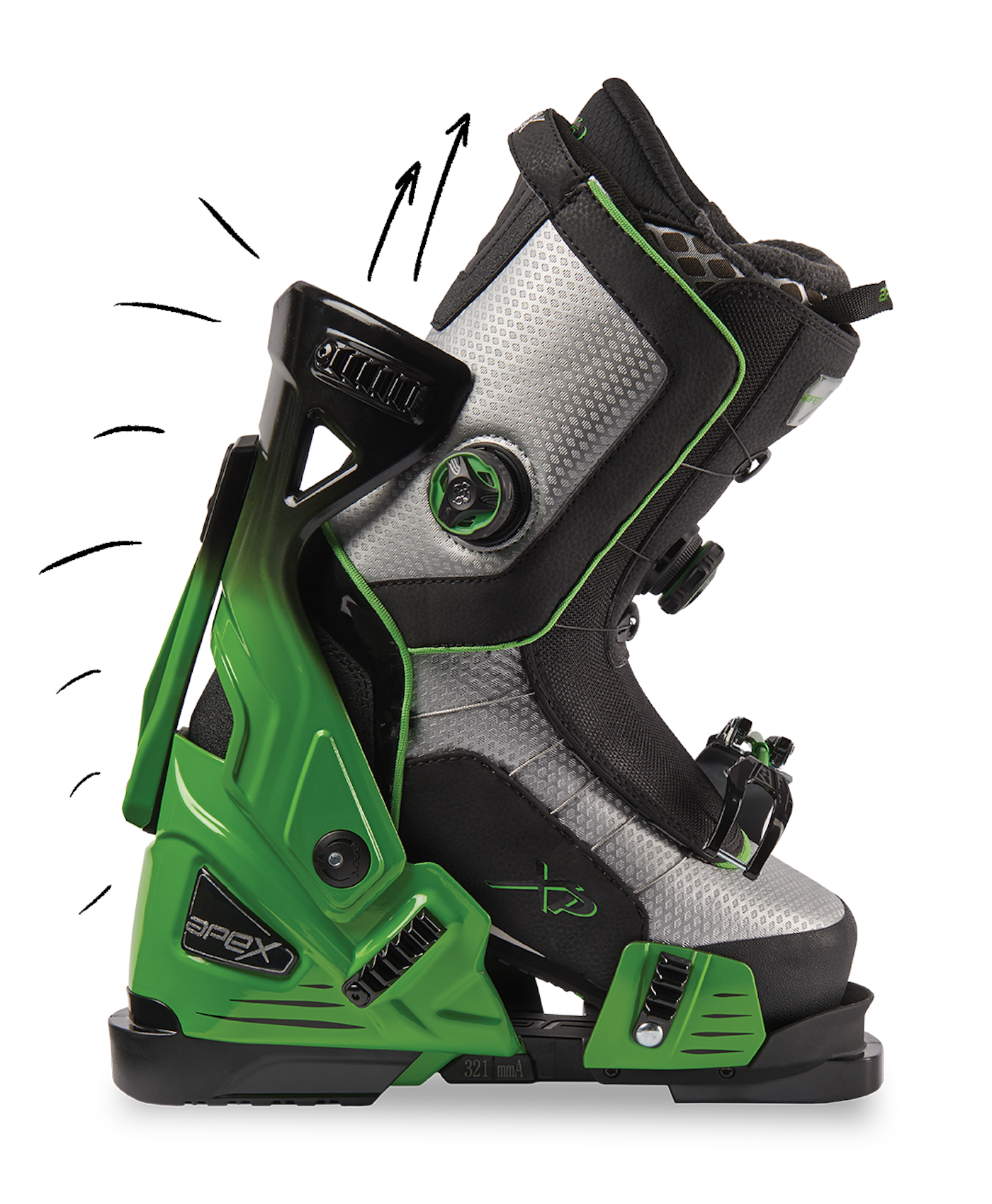
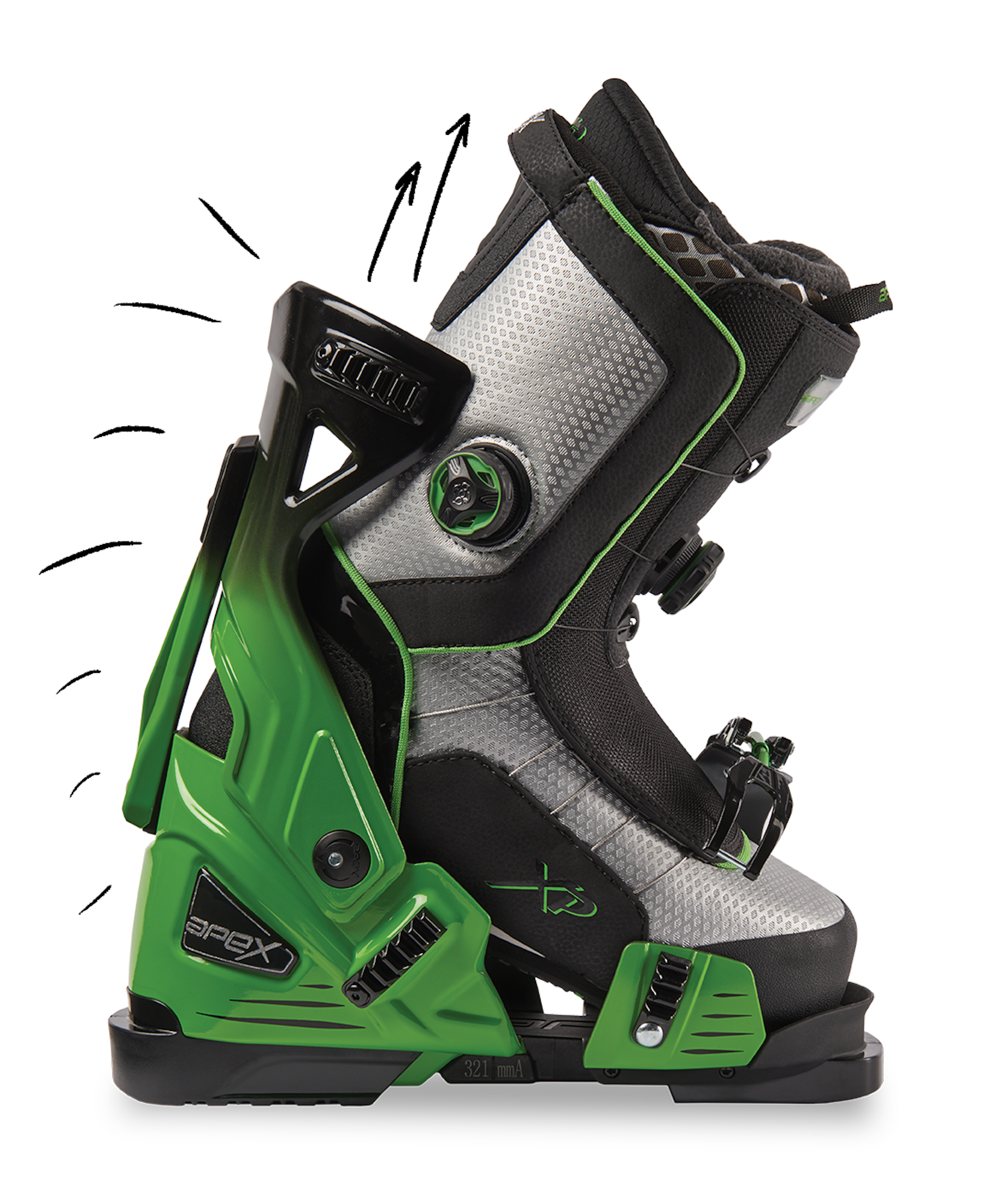
The widespread appeal of Apex is translating into boosted sales. Most of the largest outdoor retailers across the country are now carrying Apex in their key ski markets, including REI, Christy Sports, Sun & Ski, Ski Barn, Boyne Country Sports and Peter Glenn. Given this roster of respected outdoor retailers, there is plenty of opportunity this season for even more eager skiers with sore ski feet to get their hands on Apex boots.
“We run the gamut of men, women, ability levels, East Coasters, West Coasters—and we’re proud of that. We’re trying to serve the everyday skier and make the sport better and more enjoyable for them.”
Whether you’re the one who has had enough of the bootfitters’ futile punches, grinds and molds, or it’s your close pal who incessantly complains of those dreaded aching arches, blackened toenails and numb toes, here’s something markedly different to consider.
Branded content: This article was crafted by FREESKIER’s editors in collaboration with representatives of Apex Ski Boots. To learn more about the company, head to the Apex Ski Boots website.

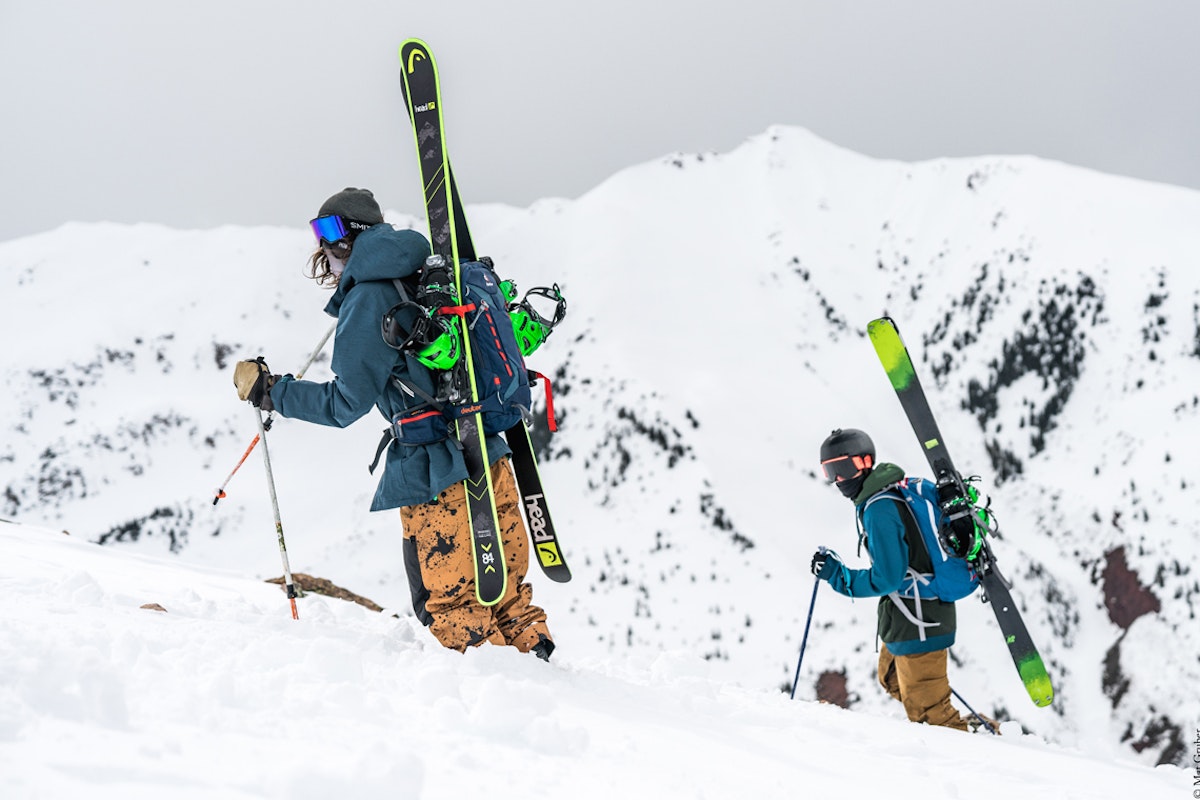
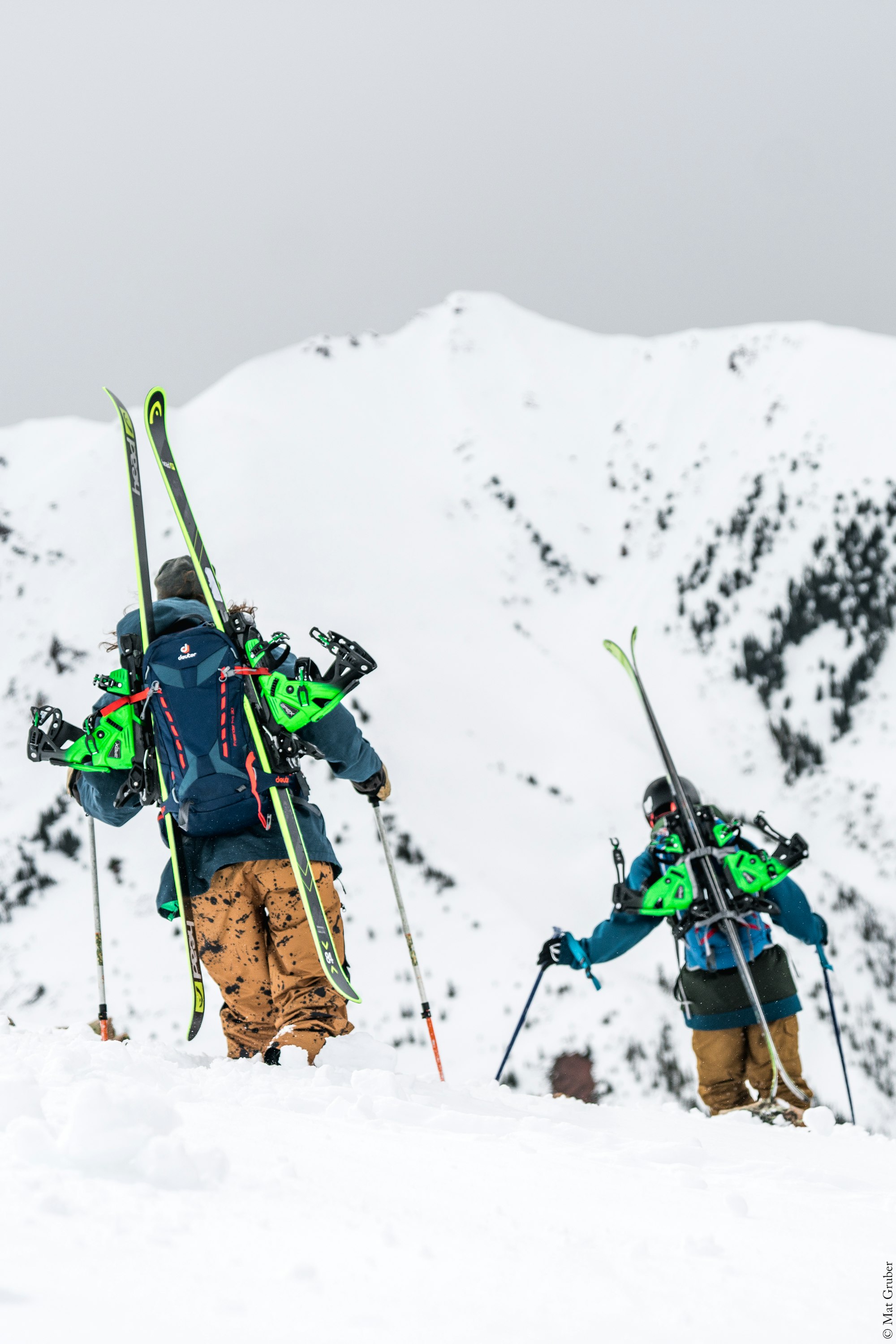

![[GIVEAWAY] Win a Head-to-Toe Ski Setup from IFSA](https://www.datocms-assets.com/163516/1765920344-ifsa.jpg?w=200&h=200&fit=crop)


![[GIVEAWAY] Win a Legendary Ski Trip with Icelantic's Road to the Rocks](https://www.datocms-assets.com/163516/1765233064-r2r26_freeskier_leaderboard1.jpg?auto=format&w=400&h=300&fit=crop&crop=faces,entropy)




![[GIVEAWAY] Win a Head-to-Toe Ski Setup from IFSA](https://www.datocms-assets.com/163516/1765920344-ifsa.jpg?auto=format&w=400&h=300&fit=crop&crop=faces,entropy)


